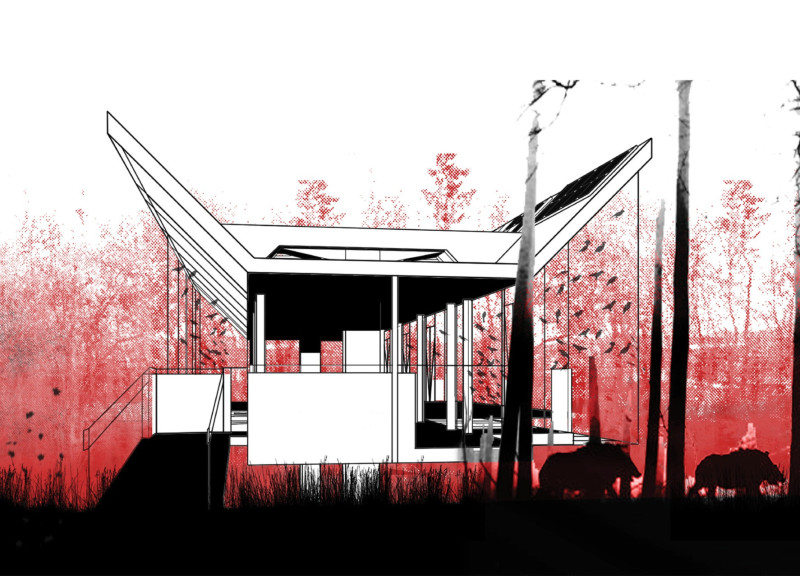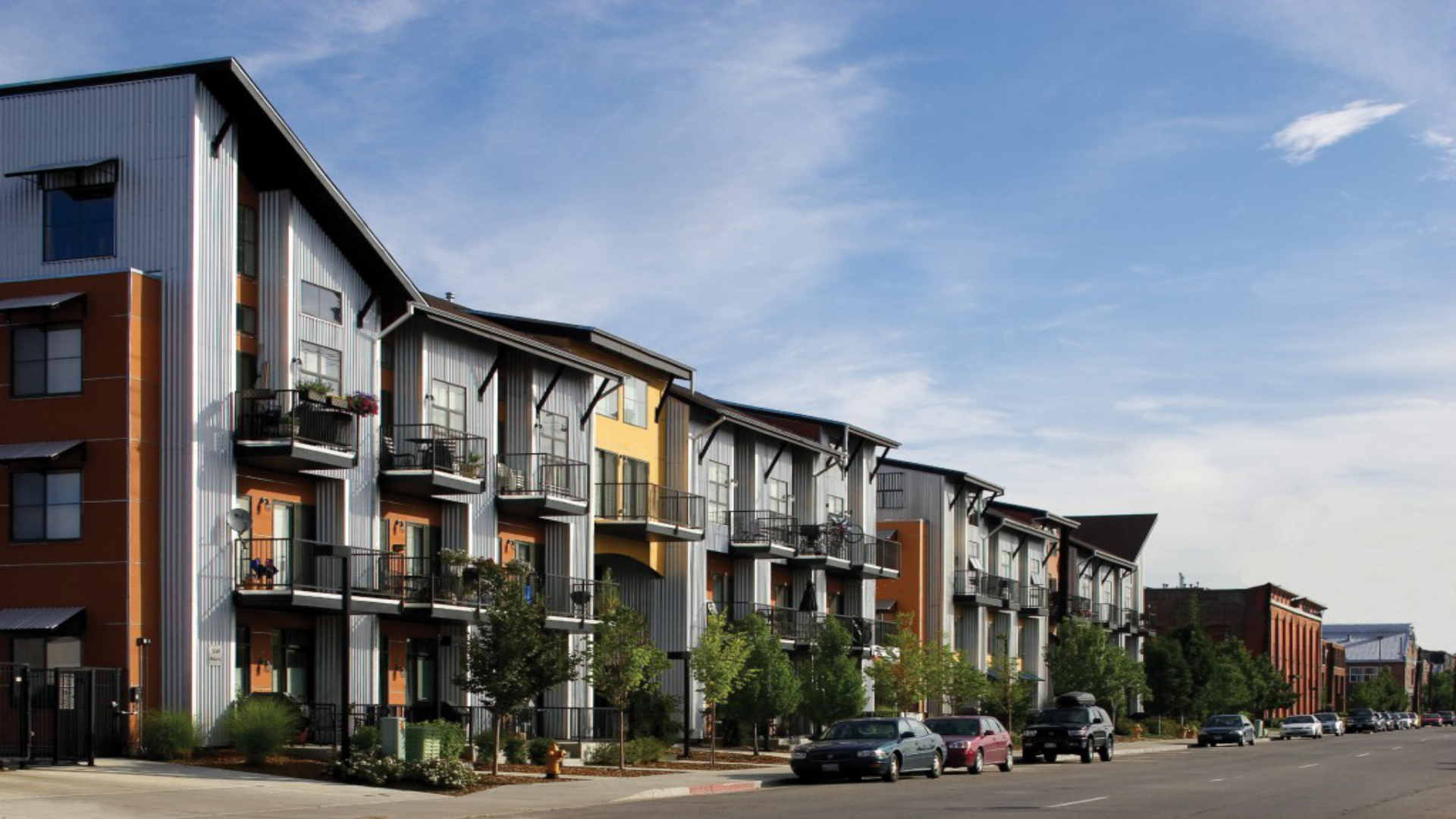5 key facts about this project
The project located in Gauja National Park focuses on the integration of engineered heavy timber structures designed to enhance interactions between visitors and the natural environment. The goal is to create a taxonomy of bridges that serve as pathways while fostering educational awareness about sustainability and the importance of preserving nature. By introducing these structures into a pristine landscape, the design aims to deepen the understanding of how human activities can coexist with ecological systems.
Design Concept
The proposal places sustainability at its core, advocating for the thoughtful inclusion of infrastructure within the park's natural setting. The bridges are not only practical pathways for foot traffic but are also educational tools that prompt discussions on energy conservation and the management of natural resources. This dual purpose allows the design to function as a medium for informing the public while maintaining a connection to the environment.
Materials and Construction
Heavy timber is chosen as the primary material, specifically using cross-laminated timber and laminated timber. These materials reduce the carbon footprint of the structures and reflect a commitment to sustainability. Secondary materials, such as stainless steel and Corten steel, are used for elements like handrails and signage, enhancing durability and ensuring the structures withstand outdoor conditions. A waterproof membrane is included to protect wooden parts from weather, maintaining structural integrity over time.
Experiential Quality
The variations in bridge designs create multiple options for engaging with the park. Each bridge facilitates movement and encourages visitors to stop and appreciate their surroundings. This aspect is crucial as it reinforces the intention of educating the public about conservation practices. By integrating spaces for reflection along these paths, the design invites people to engage thoughtfully with the landscape.
Aesthetic Integration
The aesthetic of the proposed structures aligns with the surrounding natural features, using colors that resonate with local soil and vegetation. The design includes a bridge-garden concept, blending functional paths with restful spots. This combination supports the aim of creating multifunctional spaces that promote transit while fostering a connection to nature, ultimately encouraging visitors to engage with the environment in a meaningful way.
The project highlights how architecture can respond to the natural world in practical and educational ways, offering visitors opportunities to learn and reflect while exploring the beauty of Gauja National Park.






































